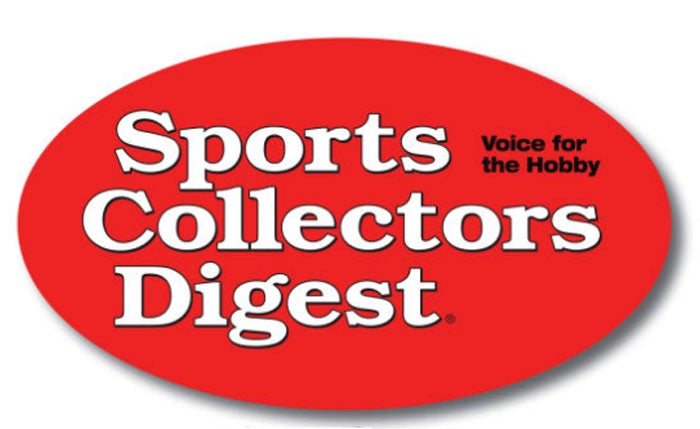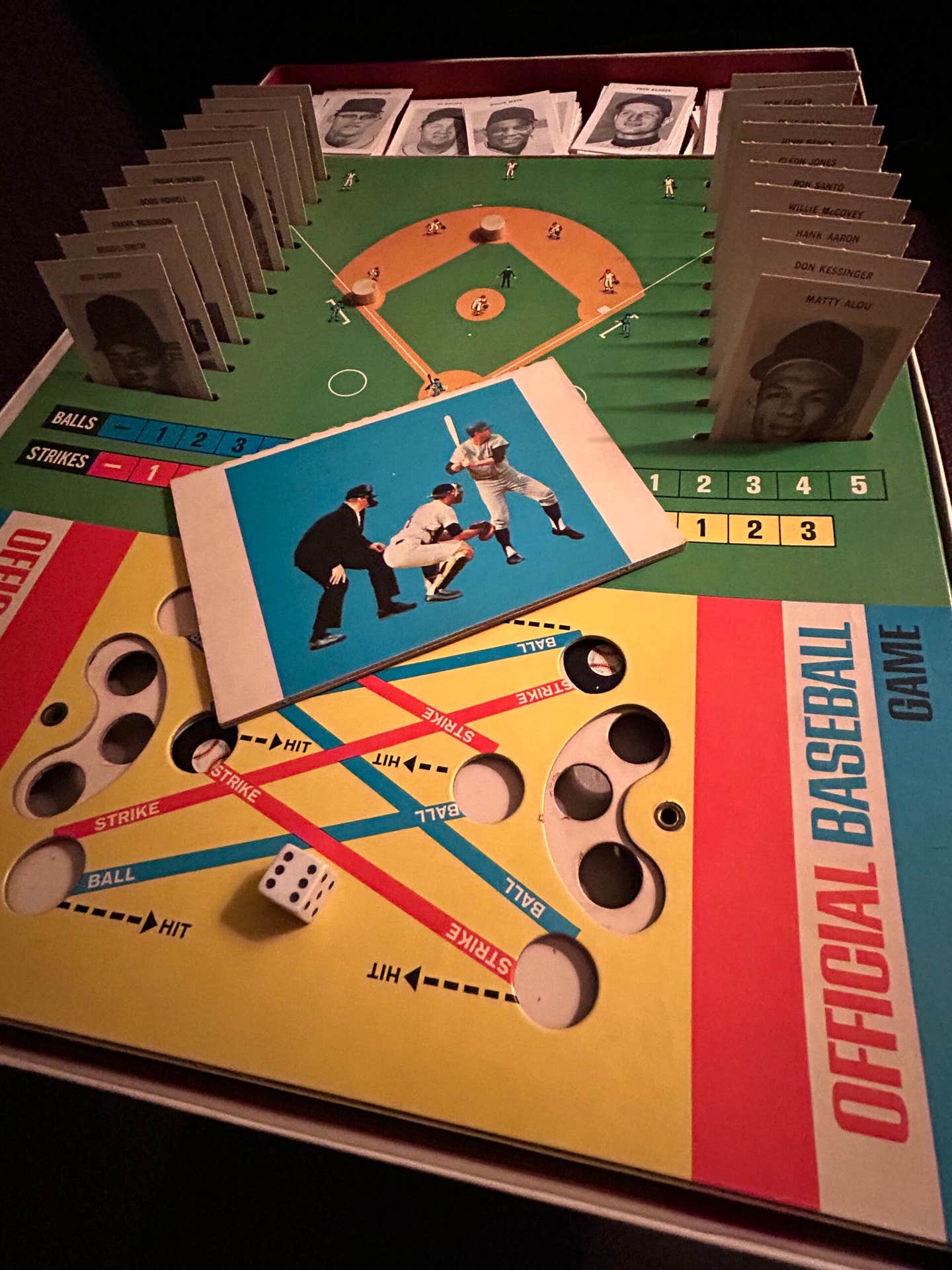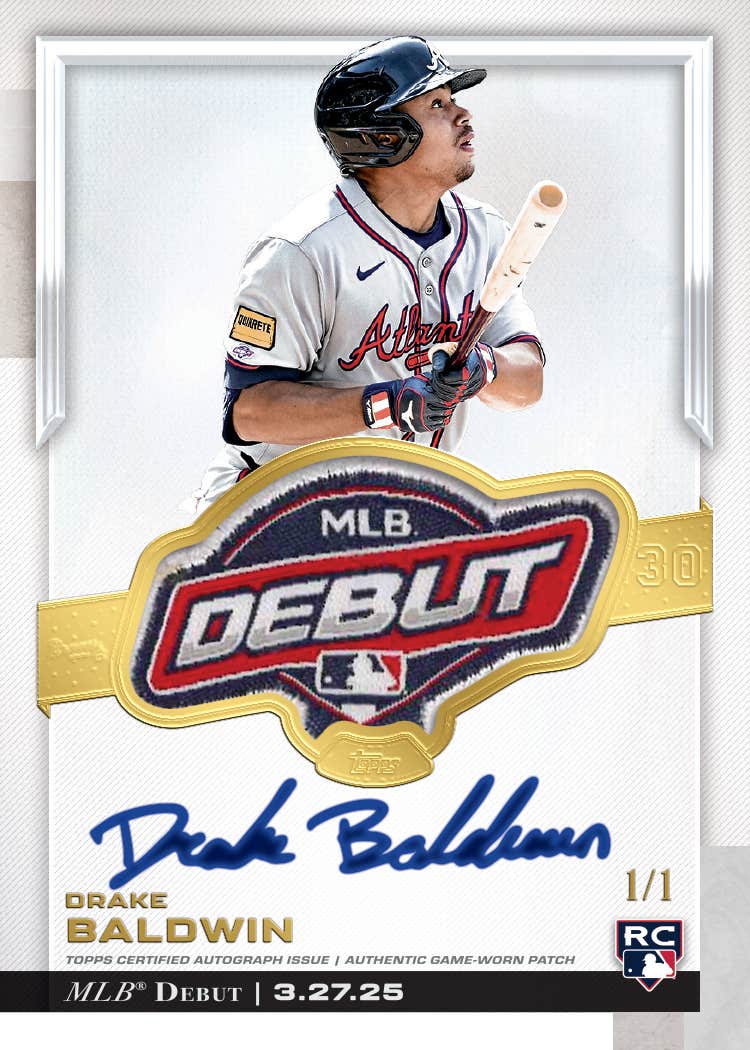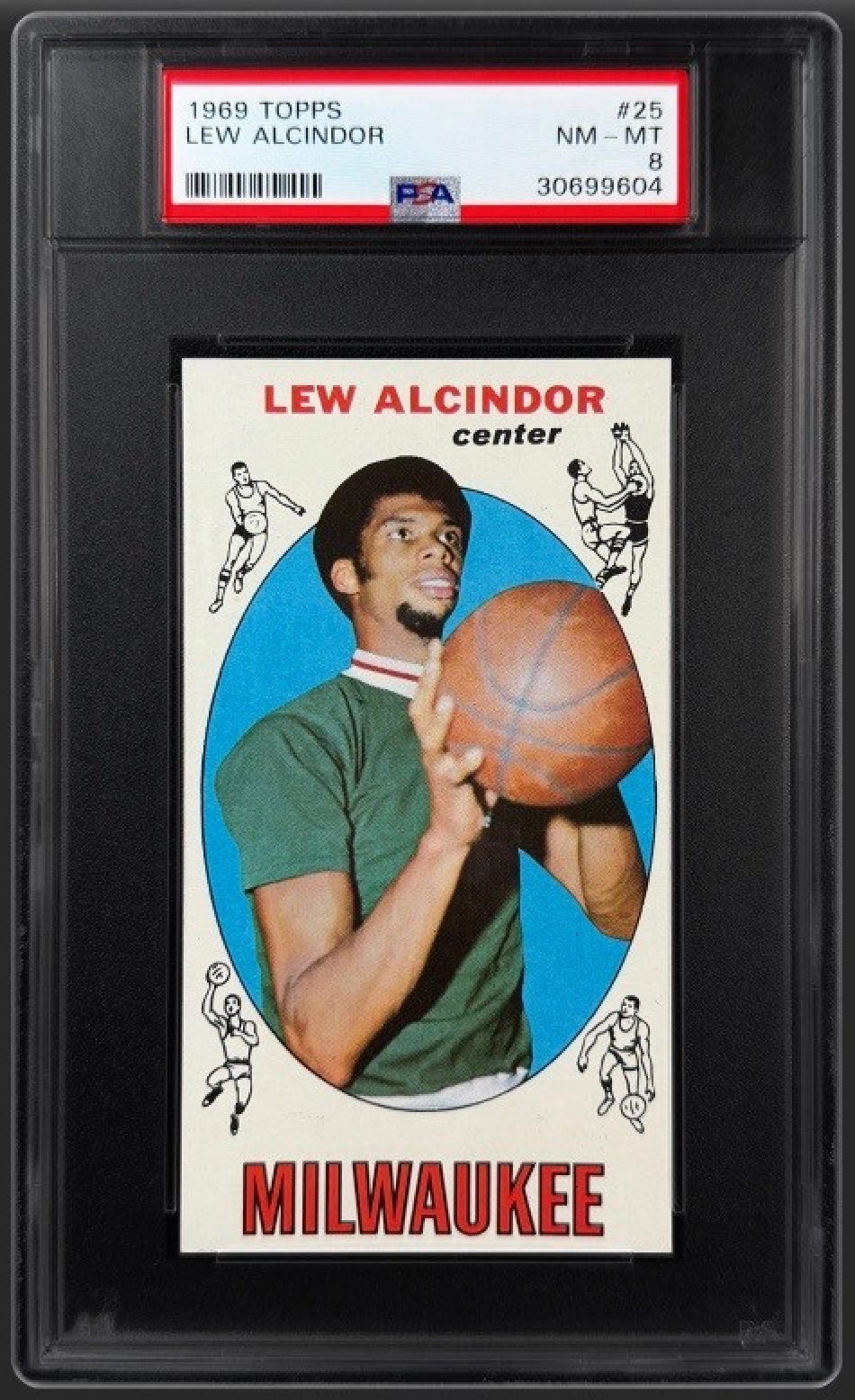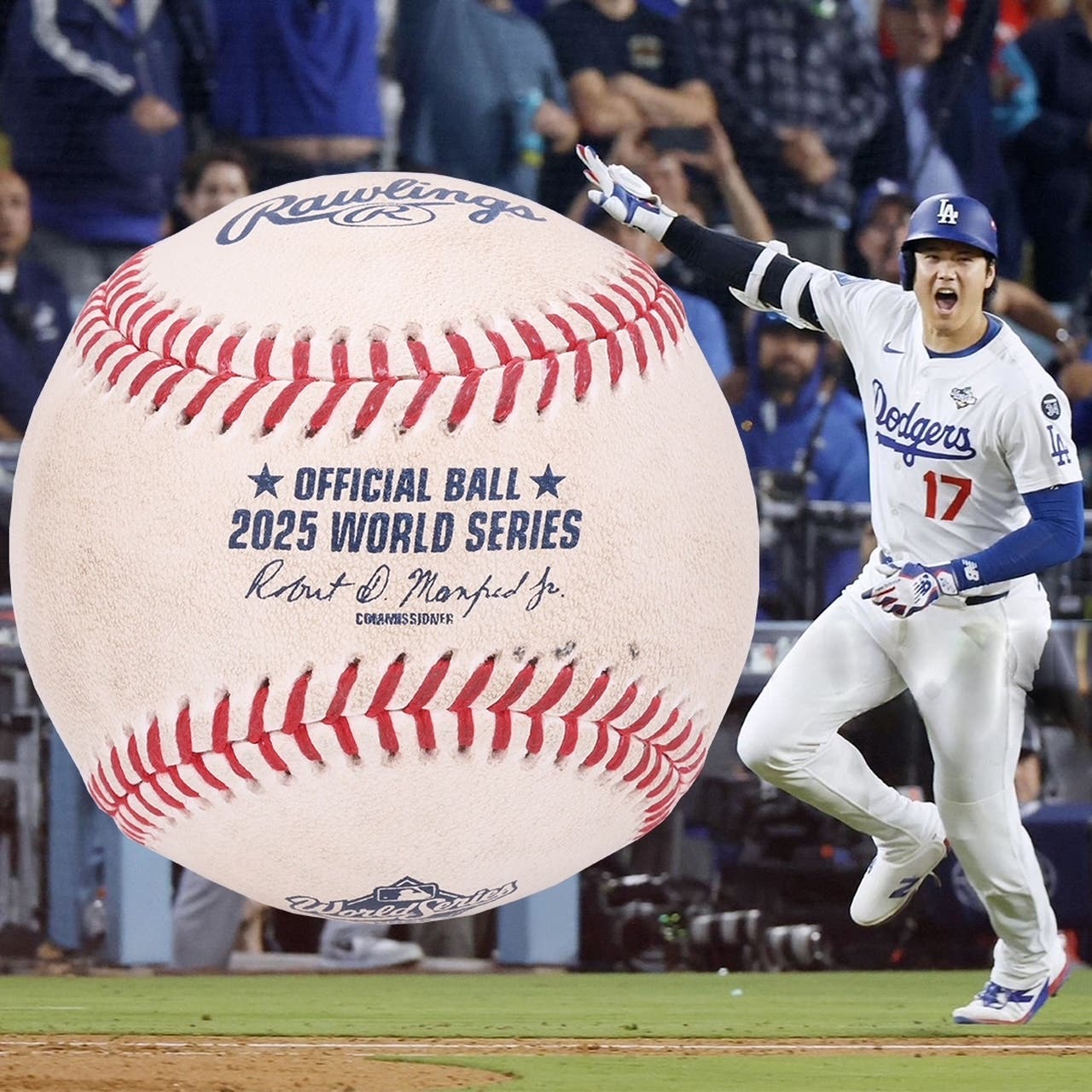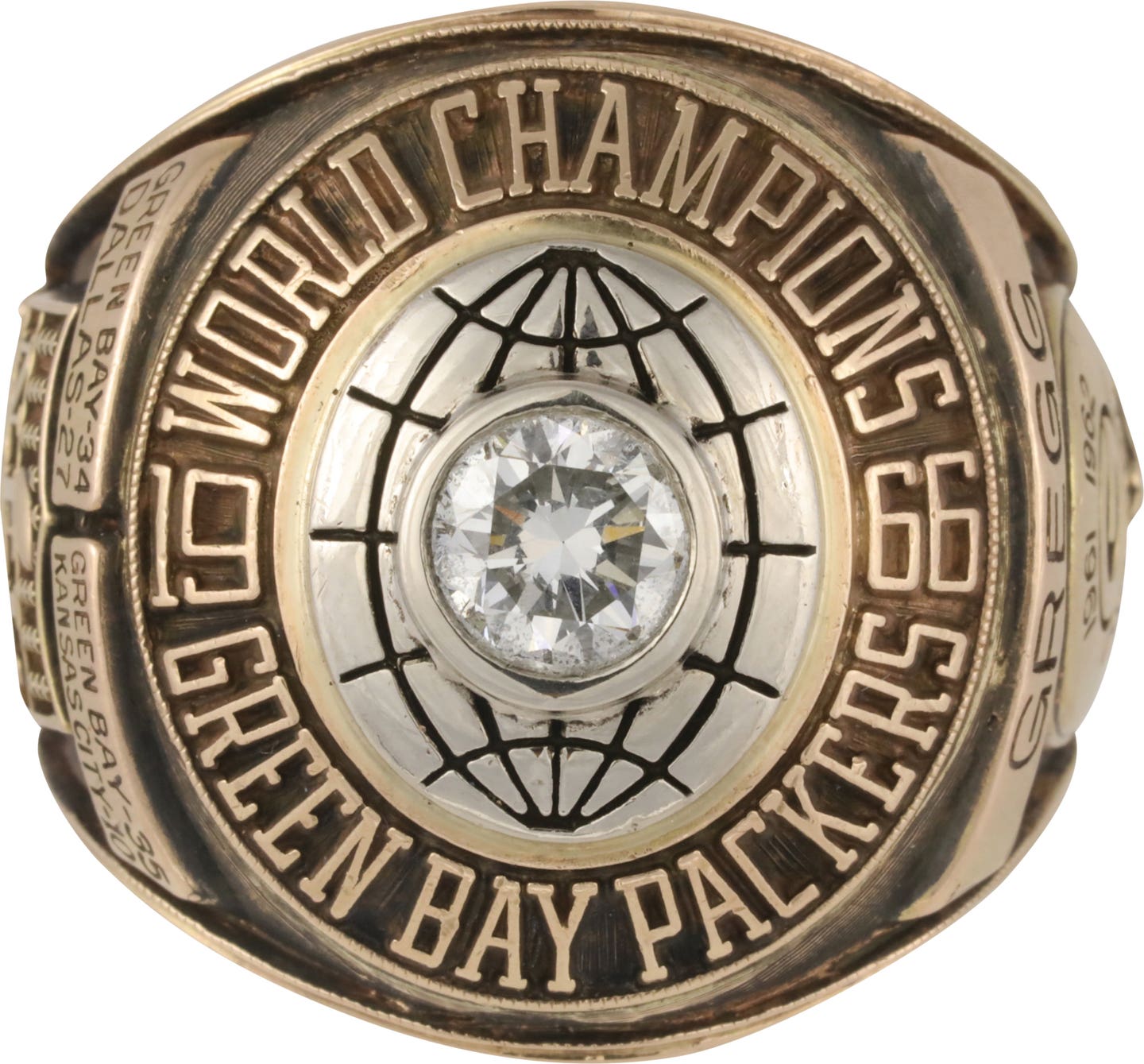News
Making the grade
It was the mid-1990s and Professional Sports Authenticator (PSA) was struggling.
PSA, which was launched in 1991 as a business dedicated to grading trading cards, wasn’t getting enough collectors and dealers interested in getting their cards graded by a third-party company.
Times were tough.
“I know that some of the people who did work (at PSA) were strongly considering shutting it down, because they couldn’t find a way for it to take off,” said Joe Orlando, the President and CEO of Collectors Universe, Inc., the parent company of PSA.
But PSA toughed it out. It’s a good thing it did.
What happened in summer and fall 1998 changed the shape of card collecting. St. Louis Cardinals slugger Mark McGwire and Chicago Cubs power hitter Sammy Sosa captivated the baseball world by having a race to see who could hit more home runs – both eclipsed Roger Maris’ single-season home run mark of 61. There was also a dot-com boom where the internet world was born, and a little known, 3-year-old company named eBay emerged. Those phenomena helped catapult the grading industry.
“I think all of that happening at the same time, it really was a perfect storm for (grading) to gain traction,” Orlando said. “It took a while…It wasn’t easy at first.”
A reflection of how long it took for grading to catch on: Between 1991-98, PSA graded roughly 1 million cards. From that point to the present, PSA has graded at least 1 million or more cards every year. Now, it surpasses the 2 million mark each year.
“It just blew up,” said Dave Forman, who owns Sportscard Guaranty (SGC), about the sudden surge in grading. “I would say between ’95-’99, it absolutely exploded, where every dealer started using them. There was no eBay, and you go to shows and you’d see none of them. No graded cards. It just snowballed at that point.”
SGC opened its doors in July 1998 in the heart of the grading revolution. Derek Grady was one of the first graders at SGC and had two stints with the company before landing at Heritage Auctions, where he is now the Sports Vice President and Director of Grading.
“When we opened our doors at SGC, we were really only the legitimate competition to PSA, and we were swamped immediately,” Grady said. “We were months behind as soon as we opened. We went from like three to 20 graders in a matter of months.”
A swarm of other grading services popped up overnight in the late 1990s and early 2000s. Hall of Fame pitcher Rollie Fingers even started his own company, Class AA: Investment Grade.
“Then you had the explosion where once grading become profitable, you had people getting a slab machine and grading out of their basement with no qualifications,” Grady said. “Since then, all of those businesses have gone out of business. I can’t even name all the companies that were out there.”
Beckett, which was founded in 1984 and was one of the top magazines/price guides in the hobby, expanded to open Beckett Grading Services in 1999.
“When Beckett started grading 20 years ago, PSA was the big gal on the block,” said Jeromy Murray, the Vice President of Beckett Grading/Authentication who started at the company in 2000. “It’s still a great company, but it was one that had a lead – Beckett had the name, of course, because it had the magazine. But we were playing catch up early on, trying to create a business that had just started. The internet sales were starting to ramp up, grading was starting to gain some steam. That’s what we’re trying to do, just trying to get into the market using that Beckett name back in 1999 when we started up.”
PSA, BGS and SGC are now recognized by collectors and dealers as the top three card grading services in the industry. But they certainly weren’t the first to try to crack the grading curse.
Alan Hager, who started Accugrade Sportscard Authentication (ASA) in 1984, is thought to be the first to start a grading company. Along with his coin grading business, ACG, Hager patented the arrowhead holder design that PSA would later purchase.
Orlando remembers visiting an ASA booth at a card show where the company certified its own cards for sale.
“I don’t know exactly what the business model was back then, but it was certainly different than some of the companies that have stood the test of time,” Orlando said.
Superlative Baseball Card Certification (SBC) was another one of the original card-grading companies in the 1980s.
“The pricing increases were crazy it seemed to me at the time,” Forman said. “Now, it’s nothing. The premiums on graded cards from Day 1 were big.”
SBC ended up selling to coin company NGC, which was owned by the guys who started SGC. Forman later acquired SGC around 2003.
Tremendous Need for a Third-Party System
Orlando has been an employee of Collectors Universe and PSA since 1999, but his familiarity with the company predated that by a number of years. He was actually one of PSA’s first customers in the early 1990s. Orlando figures he got his first card graded in about 1992-93.
“I can remember vividly my first encounter with PSA at a local Southern California baseball card show where there used to be a ton of them,” Orlando said. “It was probably at best a six- to eight-foot table with a small stack of brochures, a handful of sample cards and one gentleman behind the table. I just struck up a conversation with him. This was well before the concept of third-party grading was accepted in the industry. It resonated with me at the time.”
In the early days of PSA, a collector couldn’t submit cards directly to the company.
“As a customer, you had to work through an authorized dealer to get your own personal items certified,” Orlando said. “So, it was a little bit more difficult in the early days to work with the company directly. But over time, and certainly this is something that mattered to me, we wanted to become much more friendly and open to everyone.”
Forman started out his card career as a collector and dealer, selling mostly vintage PSA graded cards in the 1990s.
He really thought the concept of grading was perfect for the hobby. But not everyone liked the idea of having a third-party company decide what grade a card should receive.
“A lot of dealers especially laughed at the idea,” Forman said. “But what I found was when I would run ads in SCD, you couldn’t keep the cards. Collectors wanted it, but dealers laughed at it for years. From like ’92-’96, there were very few dealers who were doing graded cards.”
But then the explosion happened. Grading was king.
“I wasn’t surprised that it was taking off; I was actually surprised it didn’t take off earlier,” Forman said. “I was surprised how valuable stuff was getting. I always thought grading was kind of the future of the business.”
Grading was needed in the hobby in a big way. The reason Forman started dealing with graded cards was because it prevented people from switching cards when conducting mail order transactions.
According to Orlando, grading creates a baseline for everybody to have an idea of what they’re trading, buying or selling.
“I think what it does more than anything else is it injects structure into the marketplace,” Orlando said. “What I mean by that is, look, not every 7, not every 8, not every 9 is exactly the same, there’s several differences even within the same grade. But it gives consumers and dealers and auction houses a basis to work from, so they have a general understanding of what they’re buying, of what they’re selling. And I think above everything else, it’s just that it created needed structure in a marketplace that had none.”
Prior to the advent of grading, trimming, altering and faking cards were prevalent, most prolifically in the late 1990s. If a collector purchased a card at a show, it was always a gamble. Getting to know an honest dealer was half the battle.
“People that bought the stuff back in the ‘80s and ‘90s or even early 2000s and then they pull it out today, they put it away, it’s gone up tremendously,” Grady said. “They go to get it authenticated or graded and it doesn’t come back right. And now they’re out. This is a game-changer.
“You knew that dealers were putting them in screwdowns (cases), and they look better in screwdowns. I knew that an independent third party made a lot of sense to have somebody grade the cards that has no financial influence in it. It’s a third-party opinion. It’s a human opinion. But it’s better than having a dealer tell you what the card grades.”
Grading added peace of mind in knowing a card is legitimate is an important aspect of the hobby.
“Where the peace of mind comes in is that you’re having a reputable and credible third party review the item that has no financial interest in the item itself,” Orlando said. “I think that’s really where the peace of mind comes in because before third-party authentication and grading came into being, the problem was every time as a collector, every time I would go to buy something from a dealer, it was that inherent conflict of interest. That didn’t make the dealer a bad person and it’s not a reflection of that dealer in terms of integrity, it just means that the system itself is broken.”
“You basically know what you’re getting,” Forman said. “I think that increases liquidity and marketability in a product…Eliminating fakes and stuff like that, nobody’s perfect. It used to be the Wild West; you do whatever you want. You could set up at a show and sell anything and there was no recourse. Here, our experts look at it, we apply our standards and our customers are comfortable with our standards.”
Having a third-party company grade a card also eliminates having a collector or dealer state their card is in a certain condition when it may not be that great.
“Back in the ’80s and ’90s, you’d have people say, ‘That’s a mint card.’ It had a bent corner,” Murray said. “It may be mint to you, but it’s not mint to everybody else. So, having a third party take a look at that…if where you’re selling a card and you’re describing it as a gem-mint card, you’re not saying it, Beckett is saying it’s a gem-mint card.”
Grady believes grading is more tailored for vintage cards – which are generally considered pre-1980 -- because they are much tougher to grade than modern cards.
“It’s certainly more needed for vintage, but as far as the card doctoring on the modern cards is through the roof,” Grady said. “But on the vintage, you’d have more amateurs trying to trim cards or take ’52 Mantles or reprints and put it in the dirt, bury it, microwave it, dip it in pee to tone it, that kind of crap. Every week, I get a fake ’52 Mantle. Some of them you can tell immediately and other ones look like 1s or 2s and they’re so beat up, you can tell it was made to look that way.”
Grading Has Evolved Since its Inception
When grading started, the new concept my not have been as consistent as it is today. Continuity between graders at the companies has certainly improved over the years.
Grady sees grading as a lot stricter these days.
“In the early days of PSA, cards that were graded an 8 for the most part now if you cracked them out and resubmitted, they would grade lower,” Grady said. “That’s because standards have evolved. Standards have gotten increasingly tighter.”
What collectors and dealers are looking for is a well-centered card. Nabbing an 8 isn’t as desirable. Collectors strive for the high grades to fetch the big bucks.
“It is tougher now to get a 9 or a 10 than it was when I first started,” Grady said.
When Murray saw an advertisement in the Dallas Morning News in 2000 stating that Beckett was looking for graders, he was excited for a shot to enter the industry. He stopped into Dallas-based Beckett, took a grading test, and as he puts it, “absolutely bombed it.” However, Murray was given an opportunity to become a grader. He’s watched the industry change quite a bit in the last 20 years.
“When I started doing shows and things like that, you would go to the conventions and you would see a lot of ungraded stuff still out there in showcases and things like that,” Murray said. “When you walk around now, showcases are full of graded stuff. Most people have adapted and gotten on board. I’ve done many shows and shops that the owner said, ‘No way am I grading. Nope, not for me.’ But over the years they’ve realized, you have to. You’re going to have to adapt to the game, if you want to stay up to date. It’s the same thing saying, ‘Nope. I’m a brick and mortar store. I do not want to sell online. That’s not for me.’ You have to adapt now, especially in the world today where shops are closed down and you’re going to have to be more creative.”
Grading has certainly turned into a lucrative business. Demand from collectors is at an all-time high.
“At first it was, I use this word, a novelty,” Murray said. “This is going to work, this is good. But everyone was still trying to learn the process. But it’s turned into a thing where you have to on these big cards and these big pieces, you have to have it graded. You have to have it graded by the main grading and authentication companies out there or it’s not going to sell, especially internationally.”
As of early April, PSA employed 25 full-time raw card graders and few in training, while Beckett has about 15 seniors graders and three to four junior-level graders who are being trained to move up the company’s pipeline.
“We’re constantly looking,” Murray said. “I’m sure everybody else is, too, because to find a grader, it’s tough to do.”
PSA and BGS are extremely big companies churning out graded cards at a remarkable rate.
Since it started in 1991, PSA has graded 79,911,804 items (as of April 9) – that includes cards, memorabilia and autographs. BGS has graded over 12 million items (as of early April.)
Trying to Differentiate Themselves
With each company having over 20 years of service in grading, PSA, BGS and SGC represent the top three grading companies in the industry.
Grading is a close-knit community, but the three companies certainly want to stand out from their competitors in different ways.
PSA has always prided itself on being a one-stop shop for collectors. That was a major emphasis for Orlando when he became PSA’s president in 2002.
“If I’m a collector and I own autographs or bats or original photos or trading cards or unopened packs or tickets or what have you, they enjoy having uniformity in the brand that certifies all those things,” Orlando said. “That’s one of the things we focused on very early on. How do we make this as much of a one-stop shop as we can? We don’t literally certify every single type of collectible. But of all of our competitors, we have the most diverse menu of services. And that’s just a fact – you can look at our website and see all different things that we’ve touched.”
As for BGS, its 1-10 grading scale includes half points. If a card isn’t quite “pristine,” it could score a 9.5. The half-point scale was adopted by PSA in 2008. BGS also gets into subgrades with its centering, surface, edges and corners.
“It’s subjective,” Grady said. “You have a human doing it. You then have people reviewing the subgrades.”
Murray likes the grading aspects of BGS, but he emphasizes his company’s casing that helps it stand apart from its competitors.
“Our cases are sonically sealed,” Murray said. “Our case has an inner sleeve that protects the card, and none of the other companies have that. We also have subgrades that we offer on our cards. That’s unique to the three major grading companies. But what’s nice about it is a couple years ago, we also introduced a process where you don’t have to get subgrades on the cards. So, if you wanted to save a little money and get the cards back a little quicker, you could ask for the non-subgrade service. Up until February this year, we had a moneyback guarantee grading service. We suspended that at the time simply because of the amount of cards that were coming in, but we still try our best to, if we have a deadline date on there, hit that deadline date because we know that people need their cards back in a certain time and that’s the service that they paid for.”
As for SGC, for the first 20 years it was in existence, it used a 1-100 grading scale. In 2018, the company switched to the more uniform 1-10 range like PSA and BGS. Forman said the reason for the move was simplification and making it easier for collectors to understand the grading scale.
“It was well received,” Forman said. “Some people didn’t like certain things, but I would say it was almost universally well received to change the scale. People are just used to the 1-10, and it just standardizes it and simplifies things.”
Since SGC is the smallest of the three leaders in grading, Forman banks on his graders being extremely consistent in what they do.
“We almost have no grader turnover,” Forman said. “One of our graders has been here for 20 years. It’s consistency, you can spend time on the things. From a business point of view, we can give great customer service, which a lot people can’t do. I think our turnaround times far exceed anyone else.”
Vintage vs. Modern
It’s safe to say PSA and SGC have a stronghold on the vintage grading market. But BGS is trying to grade more pre-1980 cards.
“For years and years and years it’s something that we’ve tried to chip away at and gain some more market share, but PSA, their registry is amazing,” Murray said. “Those guys with the vintage cards, they’re loyal to that registry and that’s a real prime point to them. It’s sort of tough to try and pry them away from that. But if you say, who should you send your cards to for modern stuff, most people are going to say Beckett.”
Over the years, some collectors have unfairly pigeonholed SGC as a company that is just for vintage grading.
“It’s really not that true anymore,” Forman said. “Our business has become a lot of modern. The growth that we’ve seen in modern cards over the last like couple years – we grade more modern cards than vintage. There’s no doubt about it.”
PSA, BGS and SGC all enjoy grading everything from 1888 Old Judge baseball cards to newly released 2020 products. But there’s an art that goes into grading vintage.
“If you can grade pre-war and 19 Century, you can grade anything,” Grady said.
Breaking down what percentage of trading cards each company grades produces some interesting figures. Of all the cards that PSA receives for grading (as of the end of 2019), 50 percent are from baseball, 14 percent baseball, 14 percent TCG (non-sports cards such as Pokémon and MTG), 12 percent football and the remaining 10 percent account for several categories. The numbers for BGS (as of the end of February) break down to approximately 40 percent baseball, 25 percent basketball, 20 percent football, 10 percent hockey and 5 percent other sports.
In the cutthroat business of grading, Orlando, Murray and Forman all have extreme respect for their competitors. They want their companies to succeed but also see the industry flourish. Grading as a whole can continue to get better as graders get more educated and technology keeps taking giant leaps.
“I think it’s just continuing to learn,” Murray said. “I think internally, ask questions and sit down and meet and things like that that we do. I also think it’s good in an ideal situation where all three of the grading companies not really form a partnership or whatever, but are open to communicating. And say, ‘Hey, man, this is what we’re seeing.’ This is some issues that we’re seeing, this is some concerns and getting together. It was the first time in a while that I met (current PSA President) Steve Sloan at The National last year and we sat down and had a good conversation. And said, ‘Hey, we’re all kind of under fire here. If we can help in any way, let’s do it.’
“In the long haul, this is an amazing industry and a really cool, unique industry to be in. I don’t want it to go away.”

